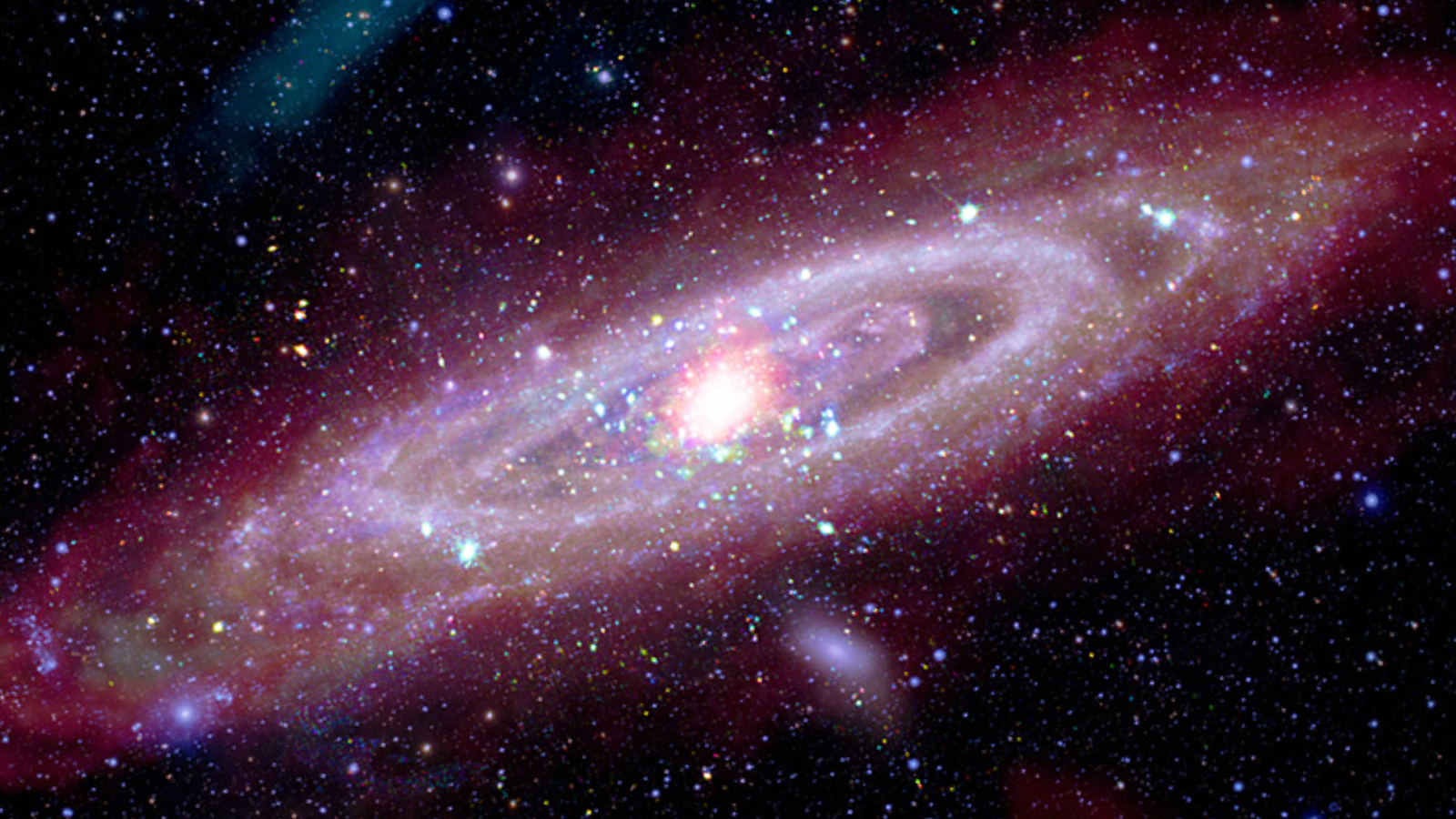Full Hunter's Moon lunar eclipse, last eclipse of 2023, an early Halloween treat for stargazers (photos)
It was the last lunar eclipse until March 2024.
The moon passed through part of Earth’s shadow in a partial lunar eclipse visible to potentially millions of stargazers across the Eastern Hemisphere on Saturday, offering an early skywatching treat days before Halloween.
The partial lunar eclipse of Oct. 28, the last of four eclipses of 2023 - two each of the moon and sun - occurred during October's Full Hunter's Moon, offering the spooky sight of part of the moon disappearing as it was engulfed in the darkness of Earth's shadow.
The lunar eclipse was only from the night side of Earth as our planet moved between the moon and sun. Skywatchers with clear skies could see the event from countries across Europe, Asia, Africa and parts of Australia. Some observers in select states in the U.S., like New York, Alaska, and North Carolina, were also able to catch the end stages of the eclipse. For everyone else, several livestream webcasts of the lunar eclipse showed online views from TimeandDate.com as well as from Ceccano, Italy by the Virtual Telescope Project.
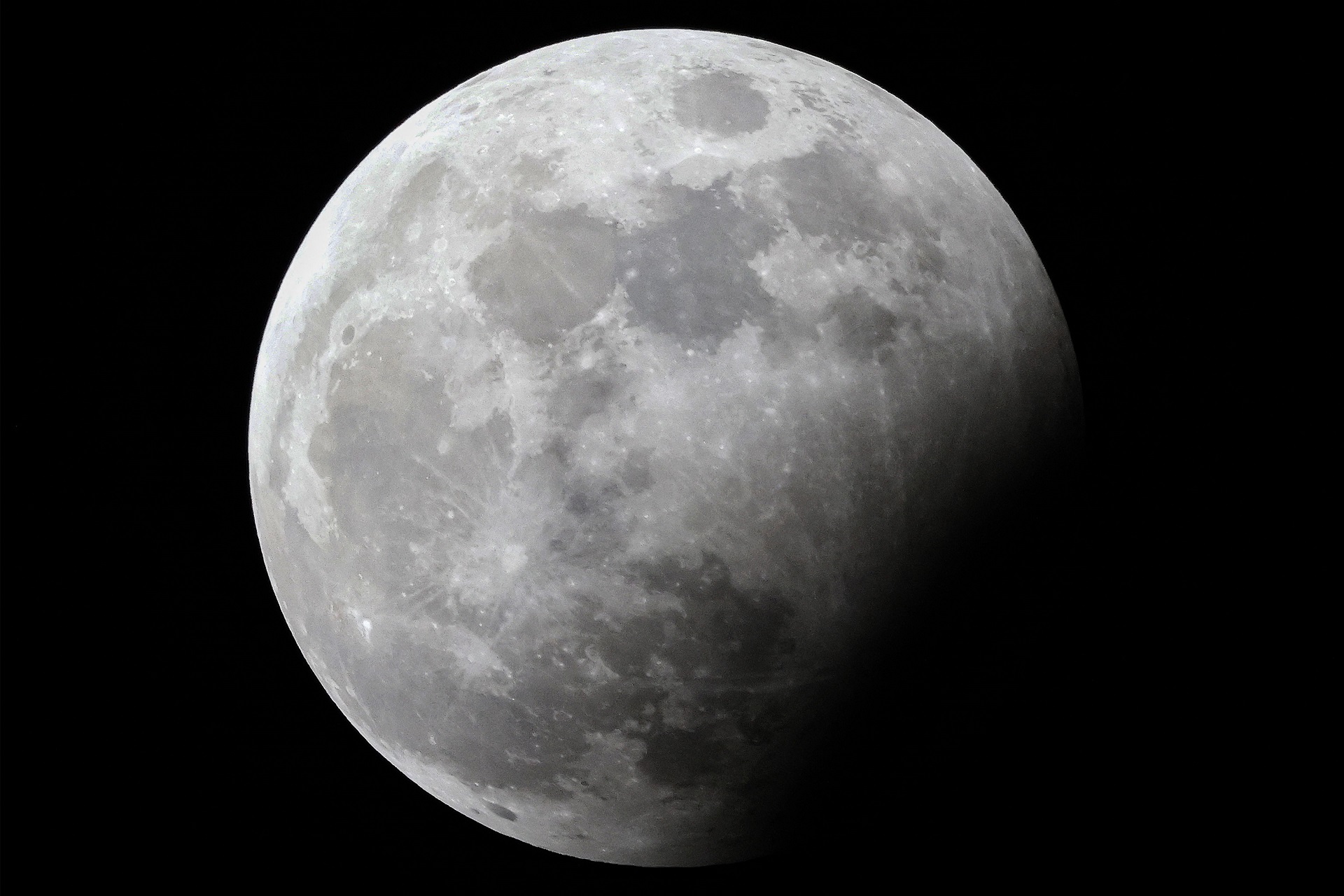

See the moon up close! We recommend the Celestron Astro Fi 102 as the top pick in our best beginner's telescope guide.
TimeandDate.com captured stunning video of the entire lunar eclipse, with telescopes spread across three continents in regions like Bergen, Norway, Dubai, United Arab Emirates and Perth, Australia.
Near the end of the eclipse, the telescope from Norway captured a truly spectacular sight: the fading lunar eclipse with the brilliant planet Jupiter in to the upper right of the moon.
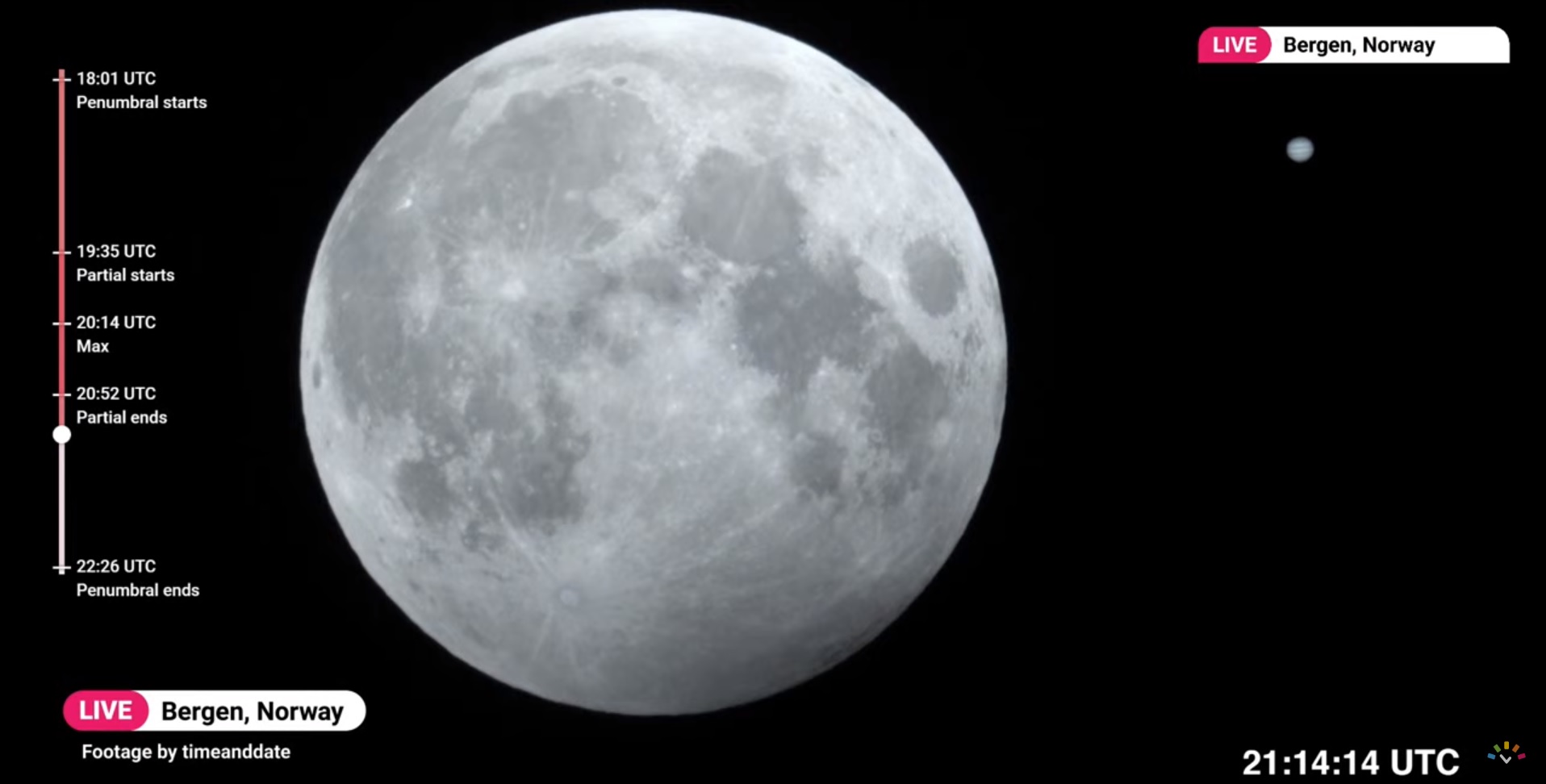
In Dubai, nearly 200 spectators gathered at the Al Thuraya Astronomy center in Mushrif Park to watch the lunar eclipse with the Dubai Astronomy Group, which webcast its views in TimeandDate.com's livestream.
"Lots of children came to see this event. We are very excited and nobody is on their phone, which is incredible, just everyone just looking up at the moon," Khadijah Ahmad, operations manager of the Dubai Astronomy Group, said during the livestream. "We have about eight telescopes set up downstairs and the public are all over these telescopes observing and taking pictures."
Breaking space news, the latest updates on rocket launches, skywatching events and more!
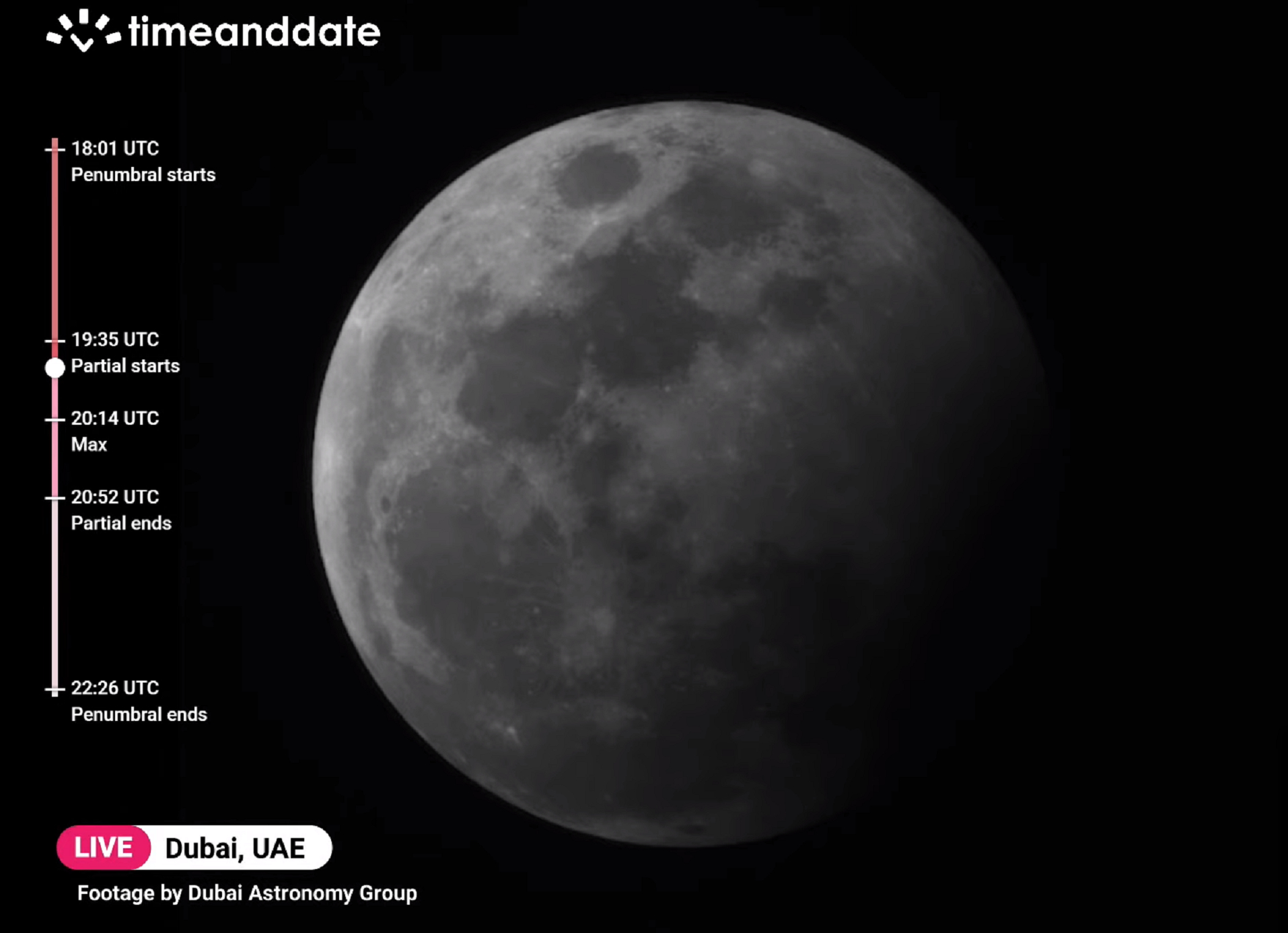
Cloudy weather in London, England wasn't enough to ruin the view for one skywatcher.
"My clouds parted just in time for the climax at at 9:14 pm in London," wrote one observer, who goes by Epiphany and @FunkyAppleTree on X, formerly known Twitter, while sharing stunning photos. "Thrilled."
Thank you, @metoffice My clouds parted just in time for the climax at 9:14pm in London. Thrilled. @StormHour @skyatnightmag #PartialLunarEclipse #LunarEclipse pic.twitter.com/9msYmocI5wOctober 28, 2023
Another observer in Delhi, India, was amazed as well.
"Omg. 1st time in [my] life I tried & luckily watched [a] very clear lunar eclipse in Delhi," wrote Shweta @imshwetta on X. "Partial moon covered in black."
Omg 1st time in life I tried & luckily watched very clear #LunarEclipse in #DelhiPartial moon covered in black#ChandraGrahan#Moon #LunarEclipse2023 pic.twitter.com/TQowehIBbAOctober 28, 2023
Here are a some more amazing views from eclipse watchers on X who tracked the lunar eclipse from around the world.
LOOK: The maximum of the October 29 Partial #LunarEclipse taken from Cebu City, Philippines at 4:14 AM PhST. Thank you so much, Alma Alfafara for sharing!Sony a7iisigma 100-400mm600mm aps-c mode pic.twitter.com/X0Wdcvalv4October 28, 2023
In Italy, photojournalist Lorenzo Di Cola of NurPhoto and Getty Images captured this view of the lunar eclipse from L'Aquila, Italy, showing the Earth's shadow on the moon from a different vantage point.
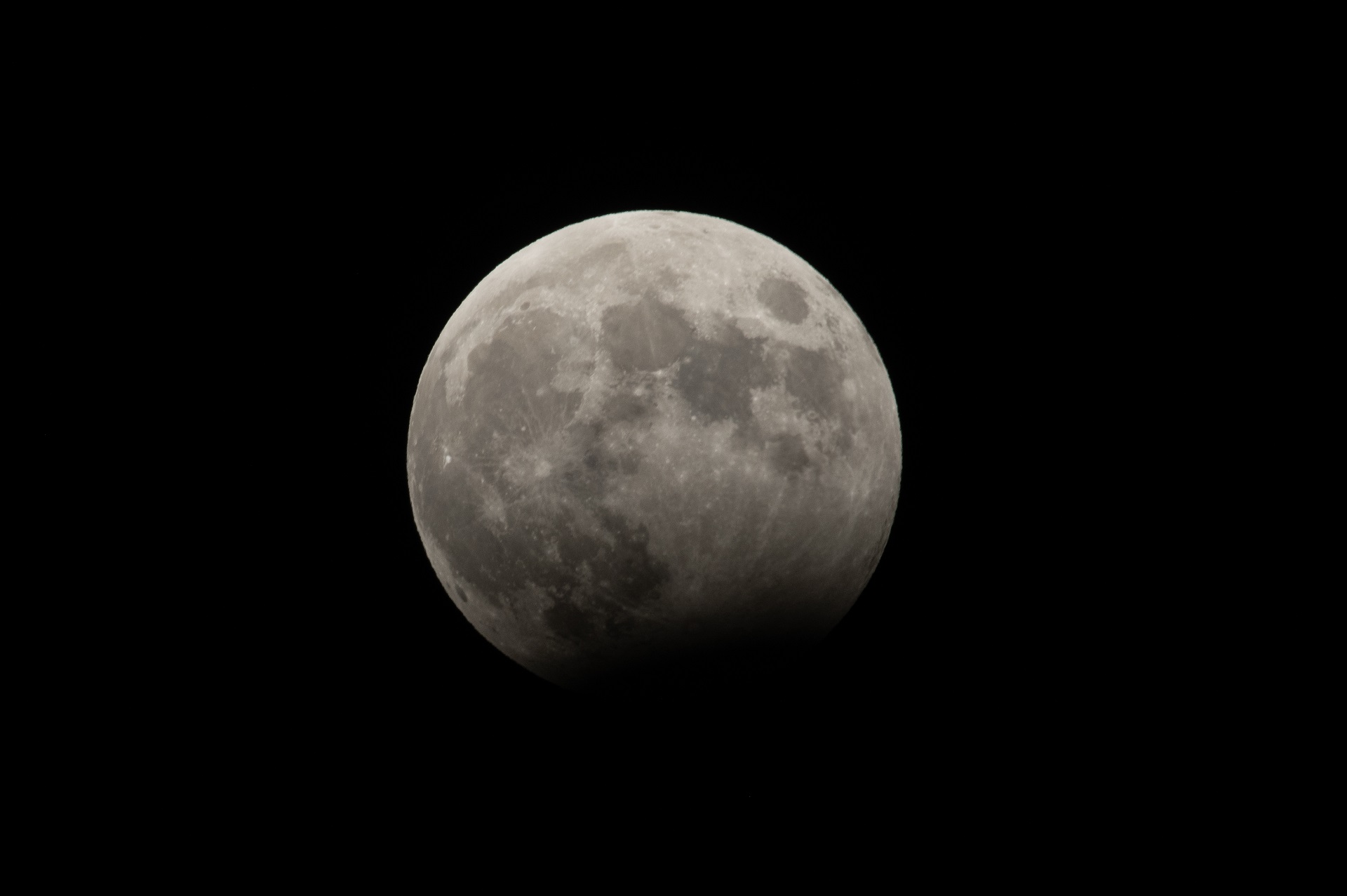
Captured the mesmerizing Lunar Eclipse over Mumbai tonight with my mobile! 🌕✨ #LunarEclipse #MumbaiSky #NightPhotography #AstronomyLove pic.twitter.com/AG1rwssnNjOctober 28, 2023
Shock horror! I think the Earth might be round, take that flat-earthers!! 🤭Lunar eclipse post-maximum from the back of my camera! You can clearly see Earth’s CURVED shadow cast onto the #Moon!! #LunarEclipse #MoonHour @MoonHourSocial @DavidBflower pic.twitter.com/SDxEP16kTFOctober 28, 2023
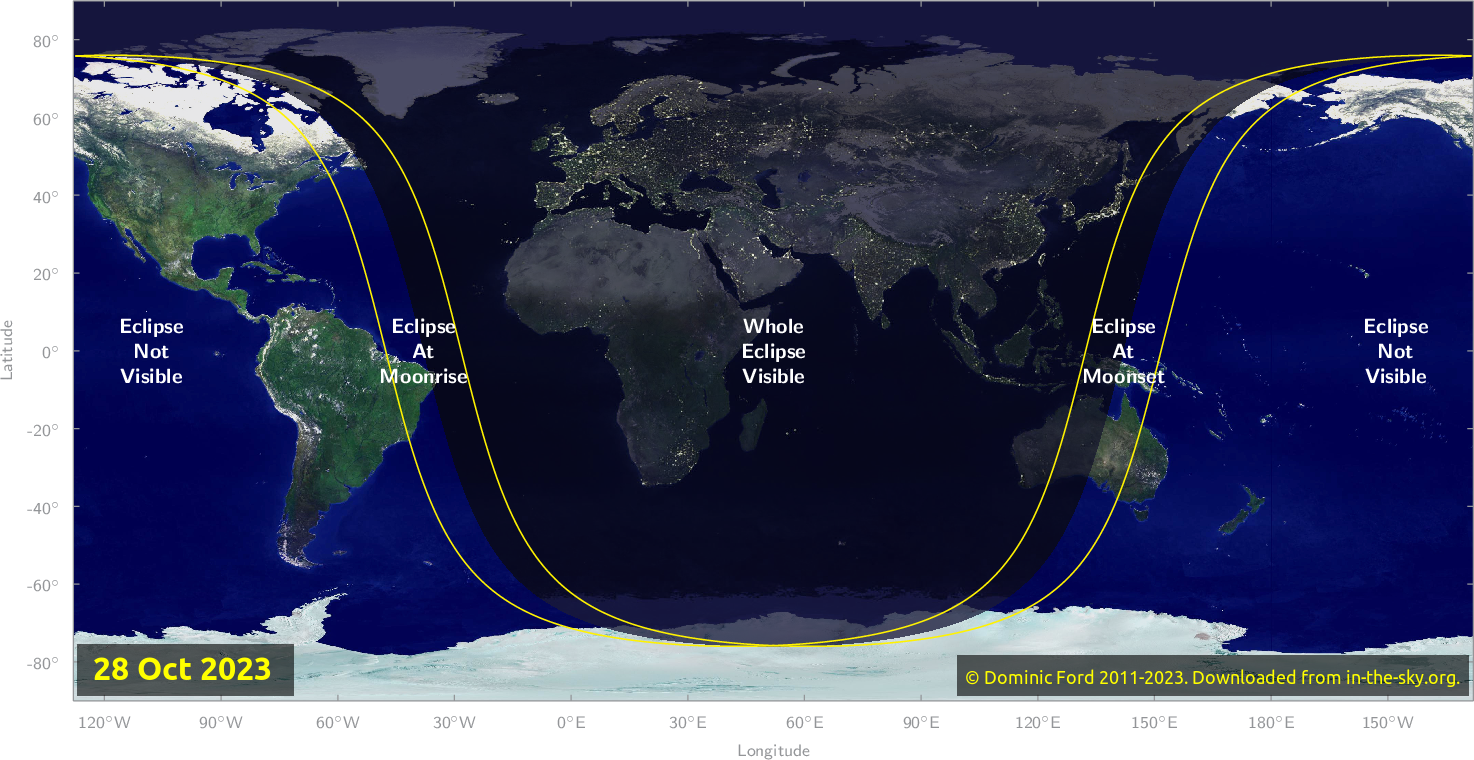
Saturday's partial lunar eclipse began at 2:01 p.m. EDT (1901 GMT) and was expected to last about 4.5 hours, ending at 6:26 p.m. EDT (2226 GMT). It was a partial eclipse because at the time of the event, the moon only partially moved into the darkest part of Earth's shadow — called the umbra.
This was the last lunar eclipse of 2023. The next one will occur on March 24, 2024, but will be be less impressive, with the moon passing only through the Earth's outer shadow, which scientists call the penumbra. That eclipse will be visible from North America and is a preview for a truly spectacular total solar eclipse on April 8, 2024, which will be visible from Mexico, the United States and Canada.
If you are plan to observe the Full Hunter's Moon of October, our guides to the best telescopes and binoculars are a great place to start when looking for skywatching gear.
If you're looking to snap photos of the night sky in general, check out our guide on how to photograph the moon, as well as our best cameras for astrophotography and best lenses for astrophotography.
Editor's Note: If you snap an image of the Hunter's Moon and would like to share it with Space.com's readers, send your photo(s), comments, and your name and location to spacephotos@space.com.
Join our Space Forums to keep talking space on the latest missions, night sky and more! And if you have a news tip, correction or comment, let us know at: community@space.com.

Robert Lea is a science journalist in the U.K. whose articles have been published in Physics World, New Scientist, Astronomy Magazine, All About Space, Newsweek and ZME Science. He also writes about science communication for Elsevier and the European Journal of Physics. Rob holds a bachelor of science degree in physics and astronomy from the U.K.’s Open University. Follow him on Twitter @sciencef1rst.
